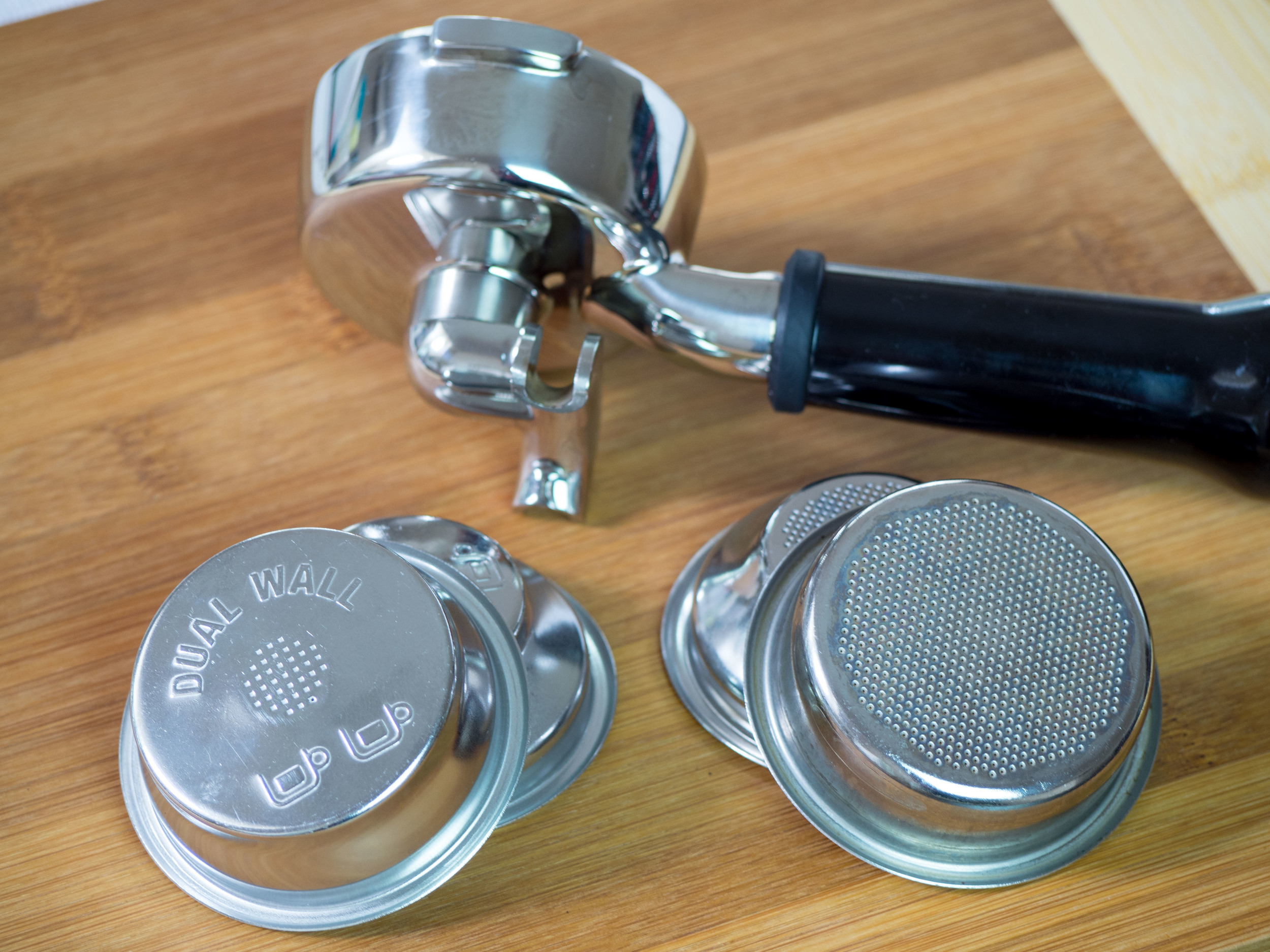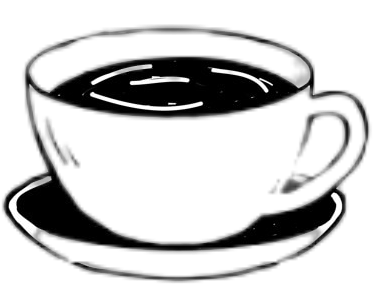Breville and Sage espresso machines have earned a well-deserved reputation among coffee enthusiasts for their high-quality craftsmanship and performance. For coffee lovers looking to elevate their espresso brewing skills, using a single basket with these machines can be both a rewarding and challenging experience. While the double basket is often the go-to option for most, the single basket offers a unique opportunity to craft lighter, more nuanced espresso shots. This guide will explore how to master the art of brewing espresso with a single basket, helping you perfect your technique and achieve exceptional results with your Breville or Sage home espresso machine. Get a detailed look at the precision and features in our Breville Dual Boiler BES920XL review
Product Review Conclusion
Utilizing a single basket with a Breville or Sage espresso machine brings a unique set of challenges, but the potential for creating perfectly crafted espresso shots makes it a worthwhile endeavor. By understanding the key differences between single and double baskets, tailoring your technique, and overcoming common brewing challenges, you can consistently produce high-quality espresso with a single basket. With patience and practice, you’ll be able to enjoy more intricate, lighter shots that are ideal for milk-based beverages like lattes and cappuccinos. Perfecting the single basket technique will ultimately enhance your espresso-making skills, leading to consistently better results. Learn about the sleek design and functionality in our Breville Barista Touch Impress review
Understanding the Differences Between Single and Double Baskets
Before diving into the specifics of single basket brewing, it’s important to understand the key differences between the single and double baskets. Both baskets share a similar purpose—to hold the coffee grounds for brewing—but their design differences have a significant impact on the extraction process. Compare performance and usability in our Breville Barista Express Impress vs Pro review
Structural Variations Between the Baskets
Double baskets typically have a flat base, which helps distribute water evenly over the coffee grounds. Single baskets, however, often feature a tapered or conical shape, which can affect how the water flows through the coffee puck. This difference in shape can make the brewing process more delicate, as the water may flow unevenly through the coffee grounds in a single basket. Discover the key differences between these two models in our Breville Barista Pro vs Express review
Channeling and Its Impact on Extraction
One of the challenges that arise when using a single basket is the increased risk of channeling. Channeling occurs when water flows unevenly through the coffee grounds, creating pockets where water passes too quickly and areas where it stagnates. This uneven extraction can lead to undesirable results, such as bitterness or sourness. Proper technique is required to minimize channeling and achieve a balanced extraction. Explore the advanced capabilities in our Breville Oracle vs Oracle Touch review
Flavor Differences Between the Two Baskets
The double basket generally produces a fuller and more robust flavor profile due to its larger dose of coffee grounds. In contrast, the single basket allows for more subtle and concentrated flavors. When mastered, the single basket can produce lighter shots with more intricate flavor notes, which are ideal for beverages like cappuccinos or lattes that combine espresso with milk.
Tailoring Your Technique for Single Basket Brewing
Perfecting espresso with a single basket requires precise adjustments across several factors, including coffee dose, grind size, brew ratio, and grinder management. Below are key strategies to help you fine-tune your single basket brewing technique.
Calibrate Your Coffee Dose
A common mistake when brewing with a single basket is simply halving the dose used for a double shot. For example, if you typically use 18 to 20 grams of coffee for a double shot, using only 9 grams for a single shot is often not enough. This can result in under-extraction and weak espresso. Instead, aim for a dose of around 10 grams for the single basket. This slightly higher dose will ensure a more balanced and flavorful shot.
Optimize Your Grind Size
Grind size plays a crucial role in espresso extraction. If your shots are too fast and taste sour or under-extracted, your grind size is likely too coarse. For single baskets, it’s essential to use a slightly finer grind compared to a double shot. This finer grind slows the flow of water, allowing for a more even extraction and a smoother, more balanced shot of espresso.
Implement a Precise Brew Ratio with a Scale
Accuracy is paramount when using a single basket. A digital scale is a valuable tool for ensuring consistency in your coffee dosing and espresso yield. A common recommendation is to use a 1:2 brew ratio—10 grams of coffee for 20 grams of espresso. Weighing both the input (coffee) and output (espresso) helps to ensure that your extraction remains consistent and balanced, leading to better results with each shot.
Purge Your Grinder Between Shots
Switching between baskets without purging the grinder can lead to inconsistencies in grind size. Residual coffee grounds from the previous shot can affect the extraction process of the next shot. Make it a habit to purge your grinder between shots to maintain grind consistency and ensure optimal extraction every time.
Overcoming Single Basket Brewing Challenges
Brewing with a single basket can be more challenging than using a double basket, but it offers the opportunity to create highly concentrated and flavorful shots. Below are some of the common obstacles you may face and how to address them.
Channeling and Uneven Extraction
Channeling is one of the main concerns when brewing with a single basket. To minimize this issue, ensure that your coffee grounds are evenly distributed and tamped firmly before brewing. Using a distribution tool to spread the grounds evenly can help reduce the likelihood of uneven water flow.
Concentrated Flavors and Lighter Shots
Single baskets are perfect for creating shots with concentrated flavors that are ideal for lighter, milk-based beverages. If you prefer a more subtle espresso flavor, the single basket is the way to go. However, keep in mind that you may need to experiment with different dosages and grind sizes to find the ideal balance for your preferred flavor profile.
Extra Strategies for Perfecting Single Basket Espresso
To further refine your single basket brewing technique, consider the following additional tips:
Utilize Pre-Infusion
If your Breville or Sage machine includes a pre-infusion function, take advantage of it. Pre-infusion moistens the coffee grounds before full pressure is applied, which can help reduce channeling and promote more even extraction, especially when using a single basket.
Keep Your Equipment Clean
Maintaining a clean espresso machine is essential for consistent results. Coffee oils and residual grounds can build up on your portafilter and machine, affecting the flavor of your shots. Regularly clean your equipment to ensure that each espresso shot tastes fresh and vibrant.
Experiment with Different Coffee Beans
The type of coffee beans you use can have a significant impact on the outcome of your single basket shots. Medium to dark roasts tend to be more forgiving and are ideal for single basket brewing. If you’re using lighter roasts, pay closer attention to your grind size and extraction time, as these beans are more sensitive to slight variations in brewing conditions.

Final Insights: Mastering Single Basket Espresso Brewing
Brewing espresso with a single basket on your Breville or Sage machine may require more attention and patience than using a double basket, but the results are well worth the effort. By making slight adjustments to your grind size, coffee dose, and brewing technique, you can create shots that offer a lighter, more nuanced espresso experience. Perfecting this skill will not only enhance your espresso-making abilities but will also give you greater control over the flavors and intensity of your shots.
By understanding the differences between single and double baskets and fine-tuning your technique, you’ll be able to craft espresso shots that are ideal for milk-based drinks like cappuccinos and lattes, all from the comfort of your own home.
Frequently Asked Questions (FAQ)
Q: Why is the single basket designed with a conical shape?
A: The conical shape of the single basket allows for a smaller coffee dose but also increases the likelihood of uneven water flow. Understanding this can help you adjust your technique to minimize channeling.
Q: What is the optimal coffee dose for single shots?
A: Start with 10 grams of coffee for a single shot and adjust based on your machine’s characteristics and personal taste preferences.
Q: Should the grind size differ between single and double shots?
A: Yes. For single baskets, use a finer grind size to slow down the extraction process and ensure an even flow of water.
Q: Is a scale necessary for brewing single shots?
A: Yes. A digital scale ensures that both the coffee dose and espresso yield are consistent, which is key to achieving balanced and repeatable shots.
Q: Why is purging the grinder important between shots?
A: Purging removes any residual coffee grounds from the previous shot, ensuring consistency in grind size for the next one.
Q: Can pre-ground coffee be used for single shots?
A: While pre-ground coffee can be used, freshly ground coffee is recommended for more precise control over grind size and better flavor extraction.
